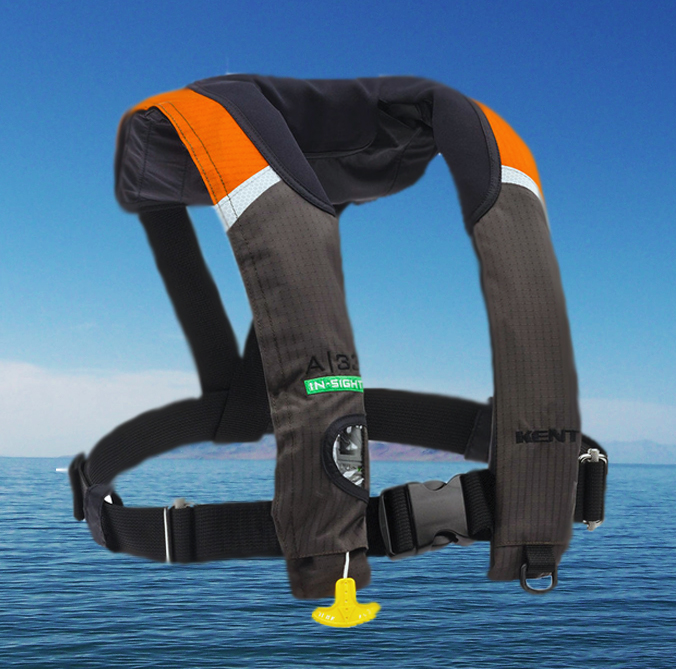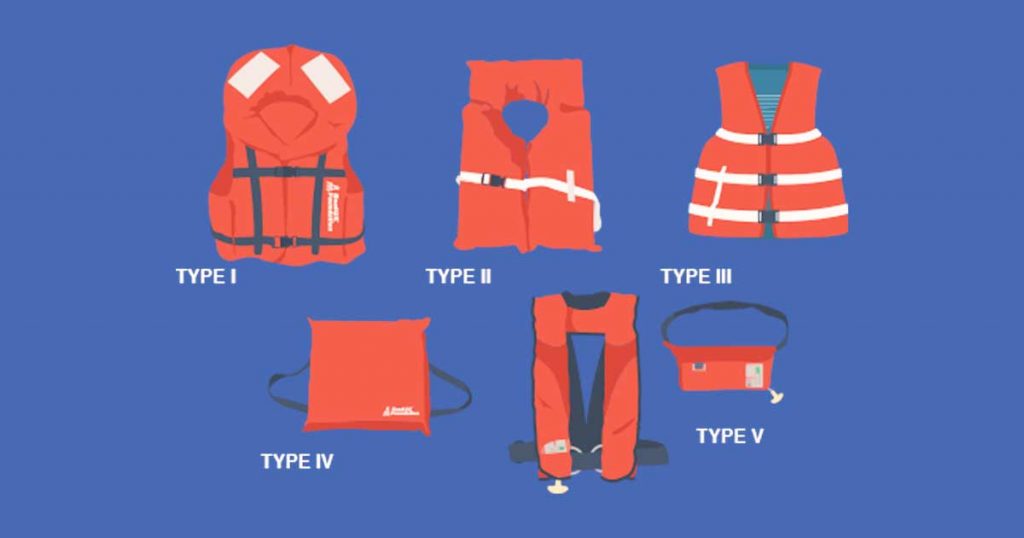The Different Types of Life Jackets
While all life jackets and personal floatation devices (PFDs) assist in keeping you alive in the water, did you know that there are different kinds?
Some are the traditional ones you wear as a vest, others are thrown out to people in trouble, and there are even some that automatically inflate when they hit the water.
Keep reading to see which ones are appropriate to use for your activity.
Life jackets are grouped into categories called “Types.” All life jacket are classified as a Type I, II, III. IV, or V
Type I – Offshore Life Jacket.
- Effective for all waters, especially open, rough or remote waters where rescue may be delayed.
- Acceptable for use on all vessels.
- Provides the most buoyancy of any type of PFD. Designed to turn unconscious wearers face-up in water.
Type II – Near-Shore Buoyancy Vest
- Intended for calm, inland waters or where there is a good chance of quick rescue.
- Designed to turn some unconscious wearers to a face-up position in the water.
Type III – Flotation Aid
- Good for conscious users in calm, inland waters.
- Designed so conscious wearers can place themselves in a face-up position in the water.
- The wearer may have to tilt their head back to avoid turning face-down in the water
Type IV – Throwable Devices
- Not designed to be worn.
- Designed to be thrown to a person in the water and grasped and held by the user until rescued.
- Must be immediately accessible. (See R651-215-5)
Type V – Special Use Device
- Intended for specific activities and may be carried instead of another PFD if used according to the approval conditions on its label.


If you found this blog entry interesting, please consider sharing it through your social network.